Water-Deionizer
Water Deionizer Industrial Waste Water Treatment Equipment Machine
How Water Deionizer Industrial Waste Water Treatment Equipment Works
The Reverse Osmosis process uses a semi-permeable membrane to separate and remove dissolved solids, organics, pyrogens, submicron collodial matter, viruses, and bacteria from water. The process is called “Reverse” Osmosis since it requires pressure to force pure water across a membrane, leaving the impurities behind. Reverse Osmosis is capable of removing 95 – 99% of the total dissolved solids (TDS) and 99% of all bacteria, thus providing safe, pure water.
Report Abuse
Shipping Details
Based on 0 reviews
Be the first to review “Water-Deionizer”
You must be logged in to post a review.
Vendor Information
- Store Name: ATLANTIC Scientific and Research Supply
- Vendor: ATLANTIC Scientific and Research Suply
- No ratings found yet!
-
Health & Medical
Haemometer set
Haemometers are used for the determination of blood’s content of haemoglobin. The Marienfeld Superior haemometer according to Sahli is supplied as complete set consisting of:
polystyrene support with 2 coloured rods and opal glass plate
comparator tube
haemoglobin pipette 20 μl acc. to Sahli
silicone tubing of approx. 16 cm length
white mouthpiece
dropping pipette with rubber teat
stirring rod
acid vial
cleaning brush
directions for use
without CE – mark, only for sale and application outside ECSKU: n/a -
Health & Medical
Disintegration Double Vessel
1 There are twelve tubes in two basket assembly.
2 Each test station is driven independently. Auto stop at timing point.
3 The bath liquid can achieve an even temperature.
4 A MPU is used to automatically control the temperature, time and frequency of nacelle back and forth.
5 Timing at will. The preset and real time data can be displayed alternately in time.
6 Automation: auto-test, auto-diagnose, auto-alarm.
SKU: n/a -
Health & Medical
Transfection system
The Neon® Transfection System enables fast and efficient delivery of nucleic acids into all mammalian cell types, including primary, stem, and difficult-to-transfect cells. The flexible and open system allows the user to perform high-quality transfections using optimized or user-defined protocols in three simple steps with as few as 2 × 104 cells per reaction. A novel reaction chamber provides a dramatic increase in transfection efficiency and cell viability. The Neon® Transfection System is:
• Efficient—up to 90% in many cell types, including difficult-to-transfect cells, primary, and stem cells
• Flexible—easily transfect from 2 × 104 cells to 6 × 106 cells per reaction
• Simple—easy to use, with a single reagent kit for all cell types
• Versatile—open system allows electroporation parameters to be optimized freelySKU: n/a -
-
Health & Medical
stethoscope
The Clinical Lite professional stethoscope is a classic dual head stethoscope that is extremely light weight and affordable. The anodized aluminum dual head has a fiberglass diaphragm to optimally detect S1 and S2 heart sounds as well as Korotkoff sounds, while the bell side is optimally designed for assessing S3 and S4 heart sounds. The Clinical Lite professional stethoscope incorporates a snap-on diaphragm retaining ring and a non-chill bell ring providing the ease of use and maintenance, while enhancing patient comfort.
SKU: n/a -
Health & Medical
IR spectrophotometer
A Spectrophotometer is an analytical instrument used to identify materials including organic polymers. Infrared spectrophotometers record the relative amount of energy as a function of the wavelength/frequency of the infrared radiation when it passes through a sample. Therefore, chemical structures of different samples will reflect differences in the IR absorption spectrum allowing for identification of a sample. Unlike a dispersive spectrometer, an FTIR spectrometer or FTIR spectrophotometer is used to simultaneously obtain spectral data of a sample. It does this by using an interferometer to collect the interferogram, also known as the raw data/signal format, which can then be translated into the infrared spectrum of the sample by means of a fourier transform algorithm. As a result there are many advantages including greater signal-to-noise ratio, high resolution, higher throughput, and a short wavelength limit. FTIR spectrometers can be used in a variety of industries including environmental, pharmaceutical, and petrochemical.
SKU: n/a



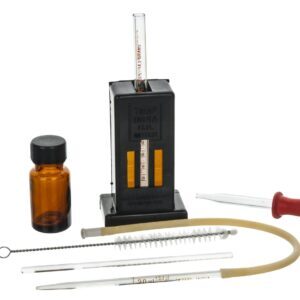
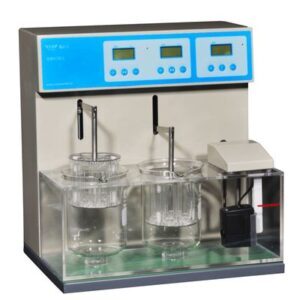

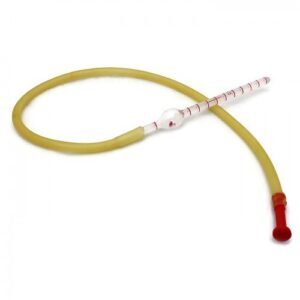



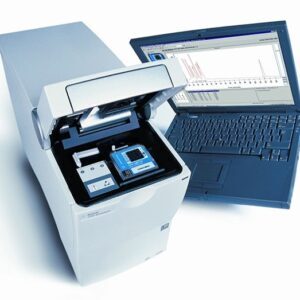
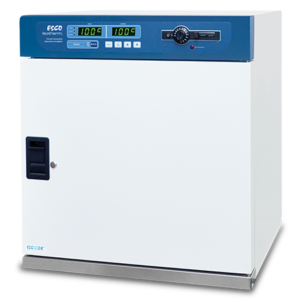
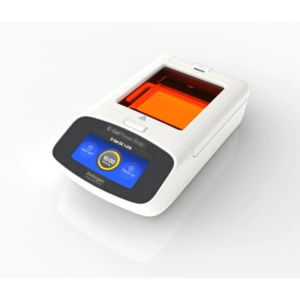

There are no reviews yet.